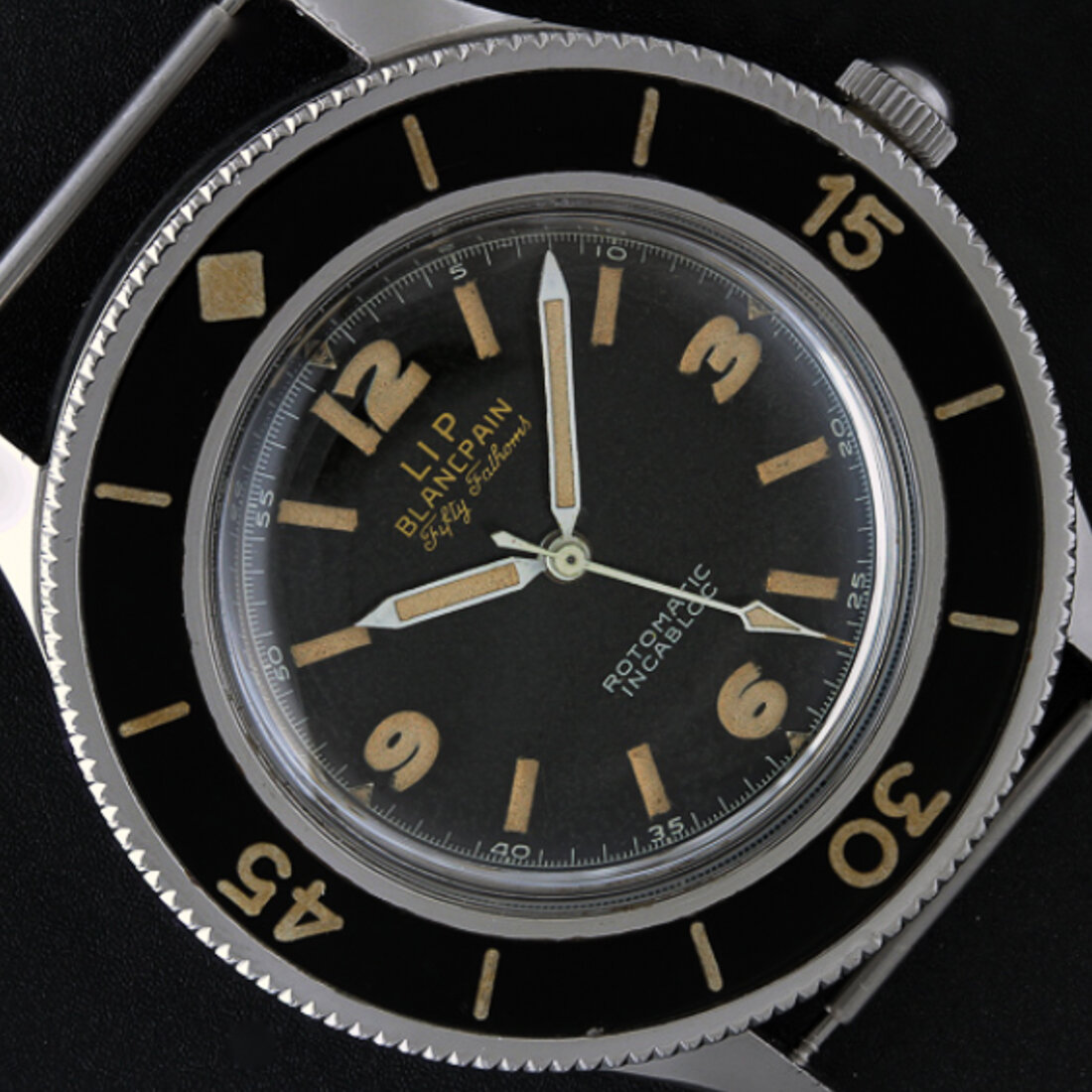Forgotten landmarks in watchmaking evolution
There have been many technological leaps forward in watchmaking, but with time the novelty of these jumps soon dampens and are forgotten as they become the new norms and standards.
Water resistance
Wristwatches became water-resistant; today, we take it for granted that virtually any watch we buy, whether mechanical, quartz, or smart should be able to resist a paddle in the pool, but this was not always the case. Companies spent decades developing a multitude of different systems and materials to ensure that watches could be both dive and shower proof. Systems that multiplied outer cases to effectively double glaze a movement were developed, early seals were made from lead before rubbber and silicon were used. Winding crowns had additional covers laid over them to protect and insulate them.
Companies such as Rolex, Omega and Blancpain forged the way ahead. Rolex built their most iconic case with water-resistance being the key feature, the Rolex Oyster, and the company, now one of the most famous brands in existence, well and truly established itself.
The original Rolex Submariner designed in 1953




